ThereminGoat
Dec 17, 2022
•8 minutes
Keyboard Switch Silencing Mechanisms
In this post for mechanical keyboard enthusiasts, Theremingoat covers the various different types of silent switches and the different strategies for silencing.
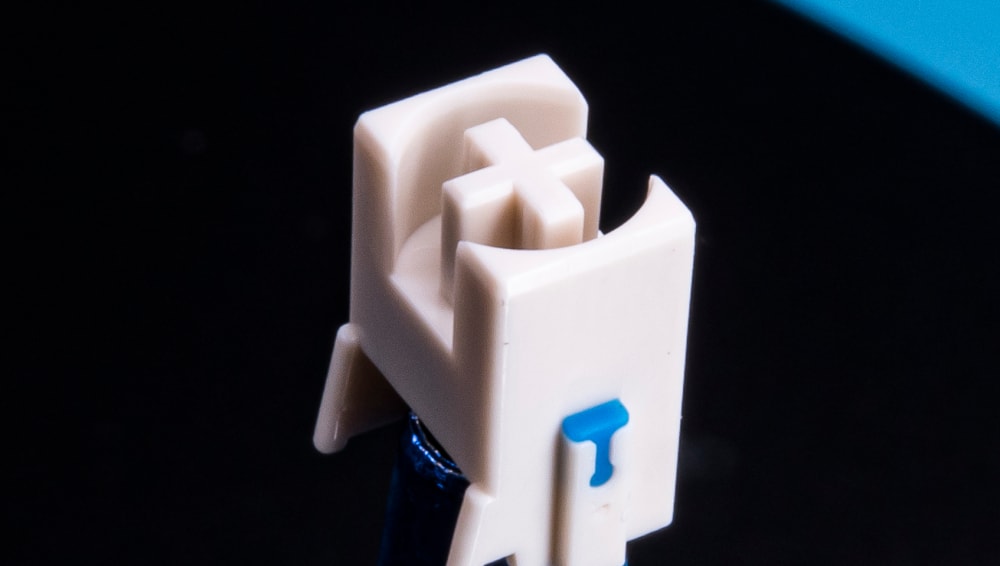

Jwick Semi-Silent Switch Stem
If you ask just about anyone in the mechanical keyboard hobby what the different types of switches are that are out there, you’re bound to get three (and only three) answers: linear, tactile, and clicky. Even among the most dedicated switch connoisseurs out there, this is more often than not the answer that they would give. To be honest, I think that this concise answer unfortunately overlooks one of the more under-appreciated types of switches out there: silents. While yes, silent linears and silent tactiles implicitly fall under those aforementioned categories, I think all too often new people to the hobby are surprised to find out that these types of switches exist. But rather than bore you with a list of all those silent switches, I figured it would be much more interesting to walk through different silencing mechanisms used in switches today to highlight just how innovative and underrated these switches are.
Full Silencing Pads
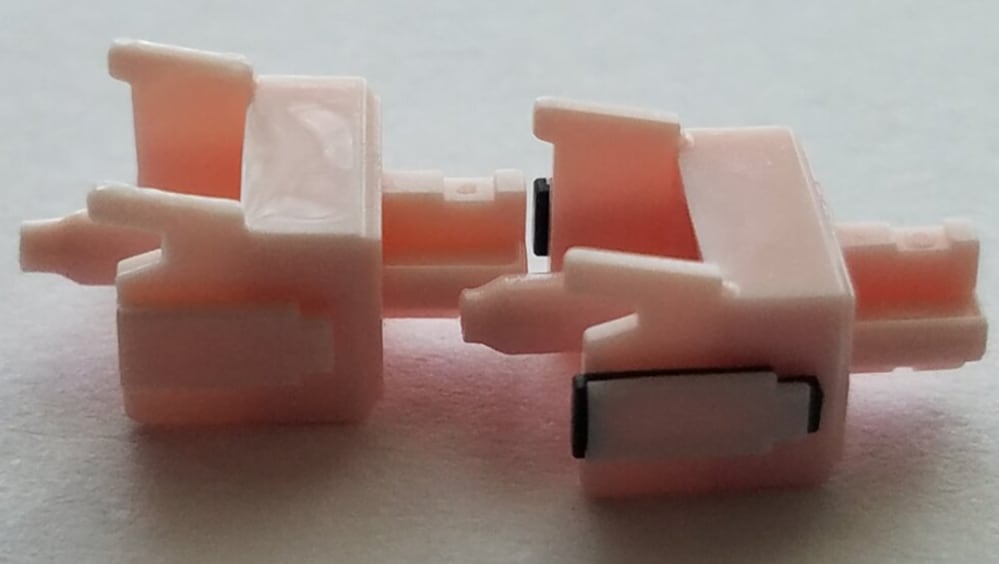

Alpaca (Left) and Silent Alpaca (Right) stems showing full silencing pads.
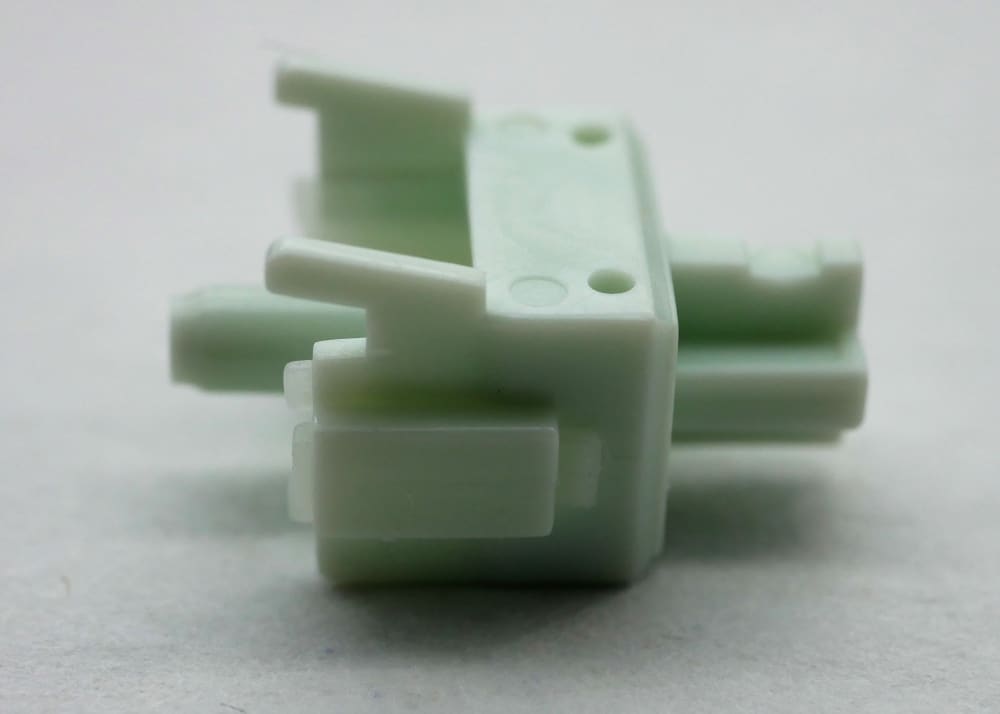

Kinetic Labs Gecko switch showing slightly more hidden full silencing pads
The most traditional mechanism for silencing switches that is still used to this day is that of the ‘silencing pads’ attached to the slider rails of switch stems. As can be seen above, these rubbery pads are placed behind, in front, or are embedded within the slider rails of the stems such that whenever they collide with a switch housing, they compress and squeeze into the rail. This obviously provides a much different feeling to bottoming out and topping out as opposed to the expected plastic on plastic collision as well as greatly reduces the overall sound of such. While these have been quite effective over the previous handful of years at reducing switches’ sounds, the compression of the rubbery pads has led to some people not preferring these due to it providing a ‘mushier’ feeling bottoming out even though the stiffness of such has varied between manufacturers and across time.
Half Silencing Pads
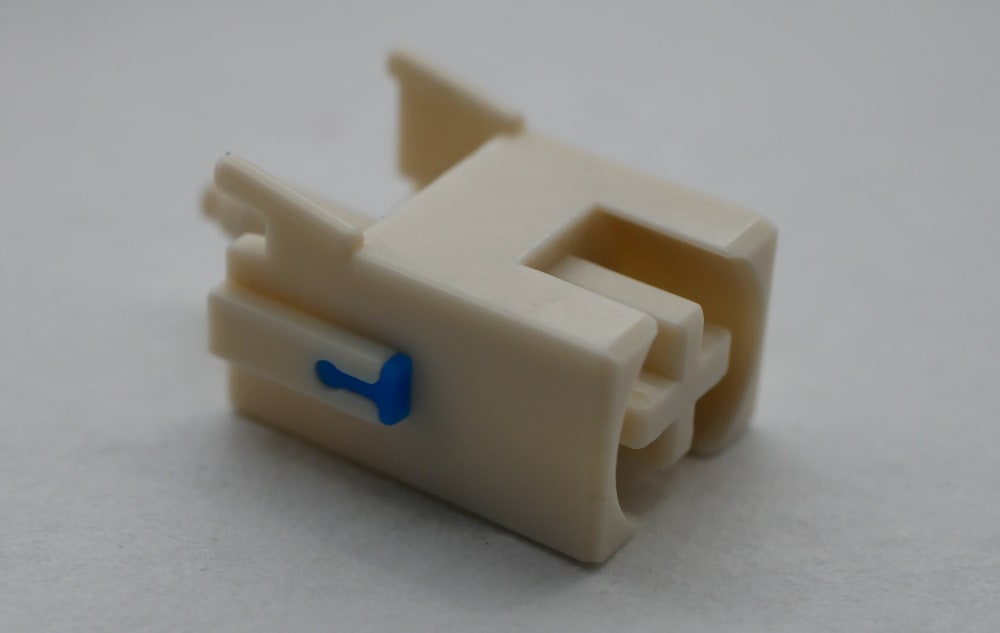

JWICK Semi Silent stem with half silencing pad
2022 will almost certainly go down in the history books of this hobby as one of the most innovative years in the MX switch footprint. One of the leading examples of such is a fairly simply designed (half) silent switch which employs the same sort of intuition as the above full silencing pads but with an almost too simple to consider modification. Rather than having dampening pads on the tops and bottoms of the slider rails, JWICK Semi Silents have this only on the top half, which effectively silences the topping out while accentuating the sound of their bottom housing collision. While this is the only switch to feature such a design as of the writing of this, it certainly does provoke some thought as to how else such silencing pads could be implemented…
Bottom Housing Silencing Pads
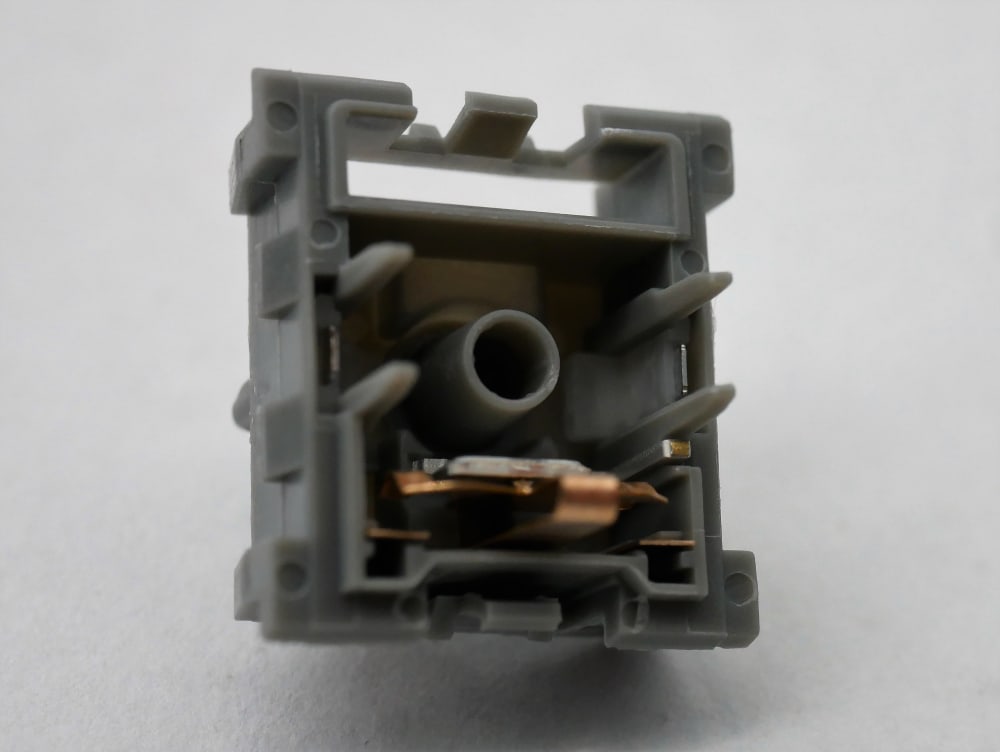

Kailh Midnight Pro Grey showing bottom housing silencing pad
…that is assuming they haven’t already been thought of. Another impressive edition to silent switch technology in 2022 saw the implementation of silencing rubber pads not being placed on the stems at all but rather inside of the bottom housings separately in Kailh’s Midnight Pro Yellow and Grey switches. While I don’t think I need to spend too much time explaining how this mechanism works after expanding your horizons with the previous entries, this is again the only set of switches to feature such as of the time of writing this article. But what about mechanisms other than rubber silencing pads influencing the stems?
Haimu’s Curved Stem Dampener


Haimu Heartbeat curved stem dampener design.
Completely eschewing traditional silencing mechanism designs, a relatively new up and coming manufacturer by the name of Haimu tossed their hat into the silent switch ring with their Haimu Heartbeat and Silent Whisper switches. Rather than featuring a rubber dampening pad on the slider rails, you can see above that the stem profile is rather radically redesigned and appears to feature two curved structures at the top of the slider rail and at the bottom edge of the switch. Much in the same fashion as to how dampening pads condense under force, these two outcroppings on these stems bend slightly under compression forcing the edge sticking out to contact the other side of the cut out at maximum force. While these are seemingly just as effective as the rubber silencing pads at muting bottoming out sound, many people have noted that they don’t quite have that same degree of ‘mushiness’ that turned people away from the original mechanisms. But that’s not the only silencing feature that these Haimu switches have…
Haimu Bottom Housing Holes
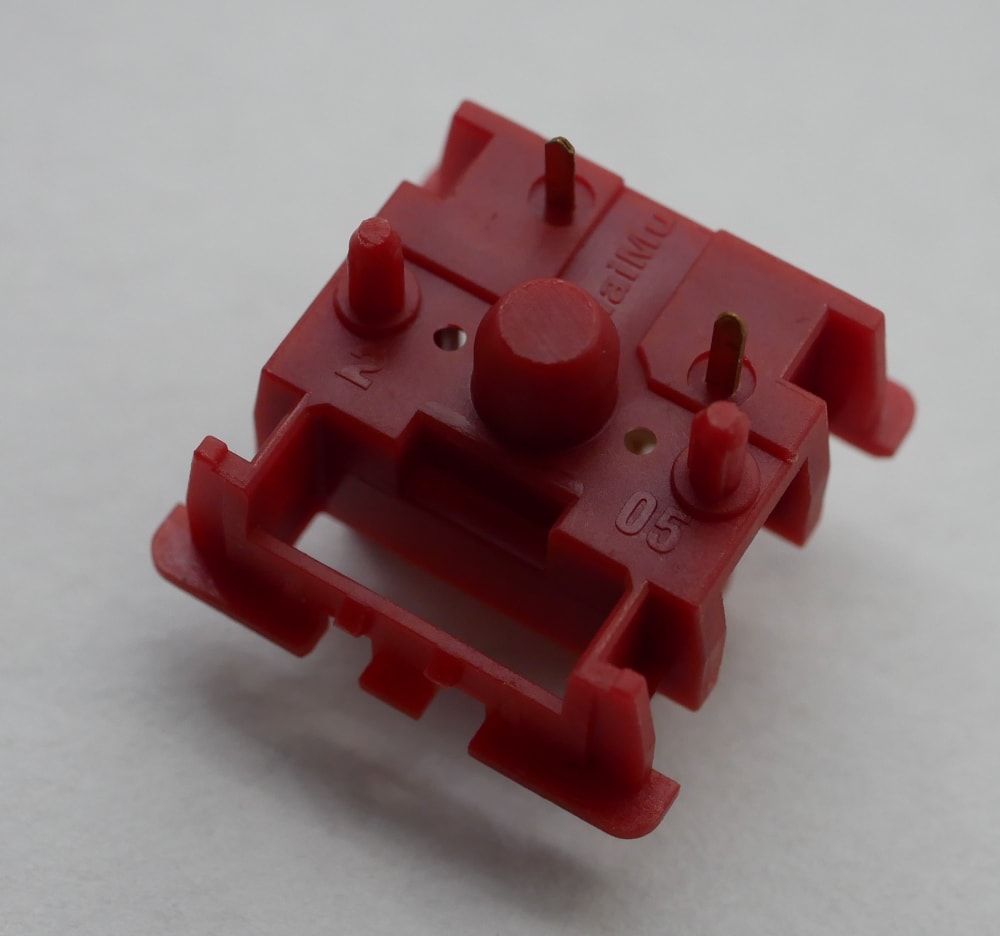

Haimu Heartbeat bottom housing silencing holes
Many people who have picked up the Haimu Heartbeats or Silent Whisper switches have been too awestruck by the interesting stem design to recognize that these switches actually feature an entirely separate sound controlling design that works in switches without the fancy stem shapes. Looking up from the underside of the Heartbeats, we see a pair of holes that are drilled through the bottom housing into the interior space of the switch. Rather surprisingly, these two tiny holes actually reduce the overall sound of these switches by a lot. Don’t believe me? Try checking out this video from Maker Mods in which he drills these exact same types of holes into other switches to show how effective this design feature is at muting switches.
Muted… Clickies?
While I may have only mentioned silent linear and silent tactile switches at the start of this article, there is a bit of a strange one-off design that simply couldn’t be left out of a dampening mechanism article. Many individuals become well aware of Kailh Box Jades almost immediately upon entry into the hobby as their sharp, piercing clickbar mechanism is a huge shock from the rubber dome membrane boards people come from. However, wanting to test interesting design features out, Novelkeys released a “Mute” Jade switch early in 2022 which implemented a rubbery pad to prevent the clickbar from snapping back and making that iconic click noise that people have come to associate with Jades. However, this pad was located attached to the top housing, rather than the stem or bottom housing making it yet another unique switch muting design amongst all the other options shown here.


Mute Jade top housing showing
With all of this newfound knowledge about silencing mechanisms in switches out there, it’s my sincere hope that you will not forget about bringing these switches up next time your coworker or friend asks you to talk about the mechanical keyboard hobby. While these may not be the best switches for everyone to use, they undeniably produce a unique feeling and sound that simply can’t be captured in the standard designs that we have for linear and tactile switches outside of these. As well, with more and more switch innovation happening in recent months, there’s no telling what type of wacky, unpredictable silencing mechanisms are still out there for us to try out. I definitely know I’ll be first in line to try them if I can.